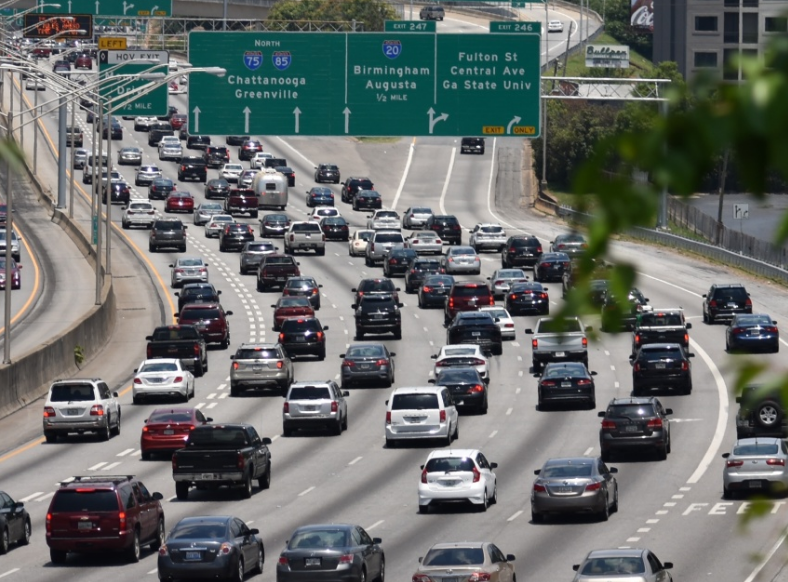Google Maps' ability to predict your arrival time is enhanced by DeepMind's AI tools, allowing the app to identify future traffics more accurately. Many drivers across the globe are using Google Maps to predict upcoming traffic jams, making it the company's most widely-used products.

Google Maps is improving travel ETAs with DeepMind AI https://t.co/GuMSbUNeqj via @ric9871ric #retweet #pleaseretweet pic.twitter.com/XcGkhd63Rl — Ric Olsen (@Ric9871Ric) September 3, 2020
Also Read : [Update] Gmail Cannot Attach Files, Drive Runs Error ; Google investigates Worldwide Outage
Google said that more than 1 billion kilometers of road are driven by the app's assistance each day. To further help its users, Google announced in its blog post on Sept. 3, that its features have got more accurate thanks to machine learning tools from DeepMind, the London-based AI lab owned by Alphabet, Google's parent company.
Also Read : Security Company is Urging Android Users to Delete These Six Apps That Can Access Your Bank Account
In the blog post, the two companies explained how they predict traffic flows by taking data from different sources and then feeding it into machine learning models. Live traffic information is included in the data, which is collected anonymously from historical traffic data, Android devices, and other information provided by local governments like speed limits and construction sites.
Other factors, such as size, quality, and direction of any given road, are also included. Google's estimates that paved roads are better compared with unpaved ones, based on the gathered data.
Meanwhile, the new algorithm will decide if it is faster to take a long stretch of a motorway than navigating multiple winding streets.
Google Maps' real-time Etas' accuracy is improved
Google Maps predicts future traffic by sending the gathered data into neural networks designed by DeepMind. The company explained that its real-time ETAs' accuracy is also improved by up to 50% in some cities, with the help of its new models.

Waze like location tracking and ETAs coming to Google Maps. https://t.co/gW7MY9MCFc pic.twitter.com/GEdzkWlaf0 — Mark Stronge (@markoftec) March 22, 2017
Google added that it made some changes in the data it uses to make the predictions to follow the subsequent shift in road usage, caused by the COVID-19 outbreak.
"We saw up to a 50% decrease in worldwide traffic when lockdowns started in early 2020," said Johann Lau, Google Maps' product manager.
"To account for this sudden change, we've recently updated our models to become more agile," added Johann.
He also said that the company currently focuses on historical traffic patterns for the last two to four weeks.
For more news updates about Google, always keep your tabs open here at TechTimes.
This article is owned by TechTimes,
Written by: Giuliano de Leon.




